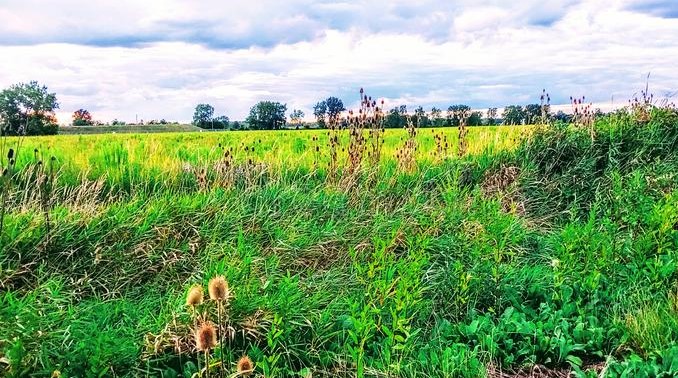What do you mean…types of land? Land is land, right? Wrong!In the same way land in the West is classified for differing uses, in Thailand is not essentially classified for use but it is controlled by different types of land ownership
Here are some of the land ownership types
Sor Kor Nung
This is the lowest form of land ownership classification and should be avoided if problems down the line are to be prevented. The SK1 is a simple notice of possession and comes with few rights. It mainly allows the SK1 holder to be on the land – to use and ‘occupy’ it. The document classification is quite loose and informal. For instance, simply passing the SK1 to another person ‘transfers’ the entitlement. No rights can be registered, no lease can be applied and no mortgage held against them. Generally this type of land is for farming only. The Sor Kor 1 cannot be held by a foreigner. It is worth noting that no new SK1 titles have been issued since the early 70’s and while upgrade of the lands status is possible, it can only take place with approval from the court.
Nor Sor Song
The NS2 takes the form of a letter of consent to occupy and use the land but for a temporary, and defined period. The letter is issued by the land department. The letter holder needs to start the land occupation within 6 months, and complete & vacate the land within 3 years of the receipt of the letter of consent. No transfer or sale of this land is possible except by inheritance.
Nor Sor Saam
This type of deed recognises who has the legal possession and rights over the land. However, the land has not been measured accurately and surveyed, like land under the Chanote deed, and has no unique marker posts to define it. This can lead to boundary disputes. Usually, land sold under this type of lease is subject to a 30-day notice period where anyone believing the boundary to be inaccurate or who contests the ownership itself, can come forward
Nor Sor Saam (3) Gor
This type of title confirms that the land has been upgraded and surveyed accurately using aerial survey, and setting out the boundaries of the land has taken place. It can be sub-divided
Nor Sor Saam (3) Khor
The NS3K has no restrictions on its use, and it can be sub-divided. It is also surveyed but no tied-in markers are placed. The NS3K is issued by the local land office.
Nor Sor Si (4) Jor
This is the big one, the strongest of the land title deeds, often referred to simply as the Chanote.

Chanote Front 
Chanote Rear
The NS4J is the one you want over your land. It is a certificate of true ownership on that land, and is the only one carrying true title deed status. Land covered by the NS4J have been accurately located by survey and the co-ordinates logged in a central database. The land is given a unique reference number, and the boundary corners are marked out by government officials from the land registry department with fixed marker posts, often referred to as Chanote markers.
Locating the Chanote marker
Land under the Chanote can be sub-divided. It is on this Chanote that the leasehold details are recorded by the land office.



